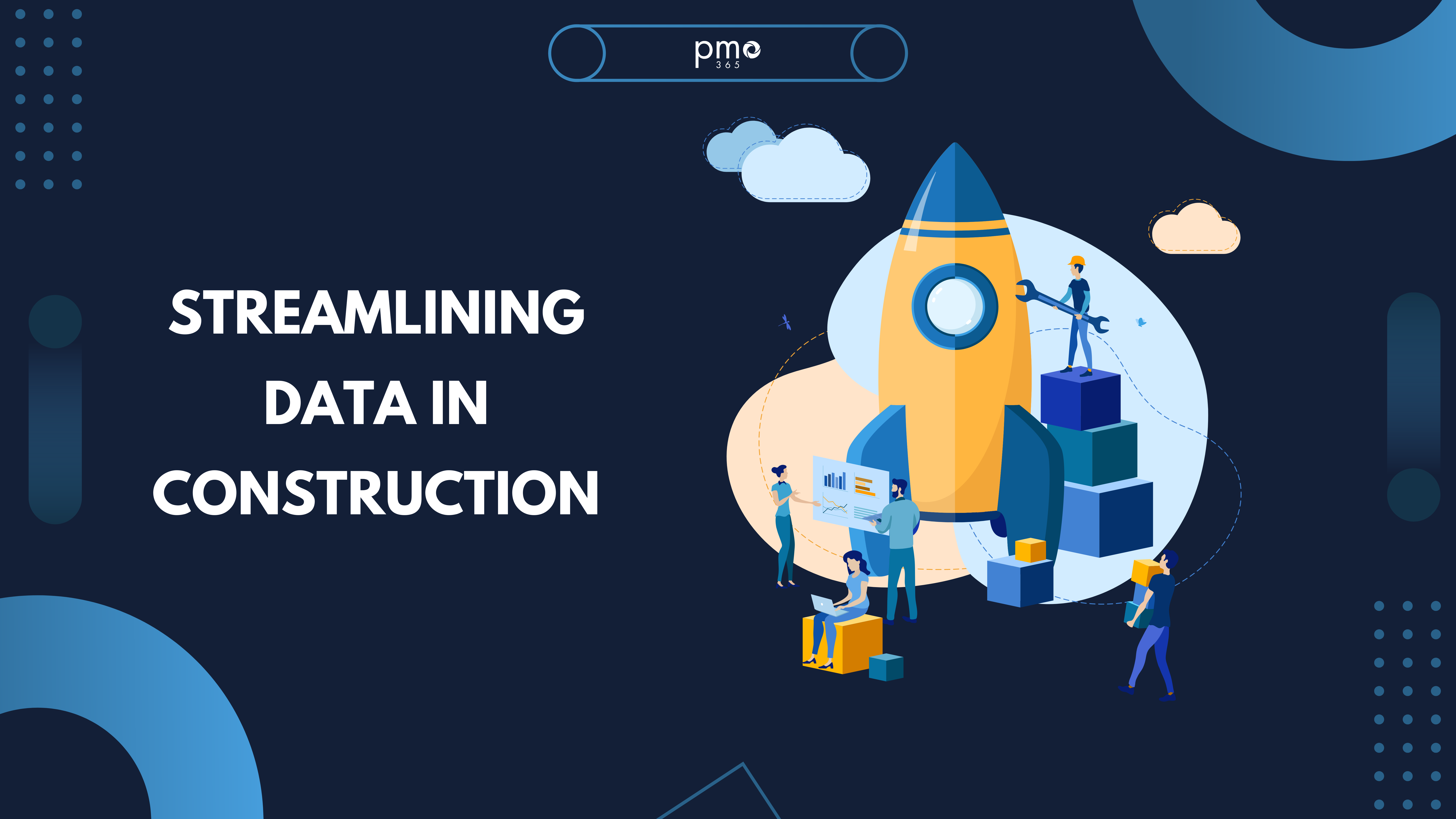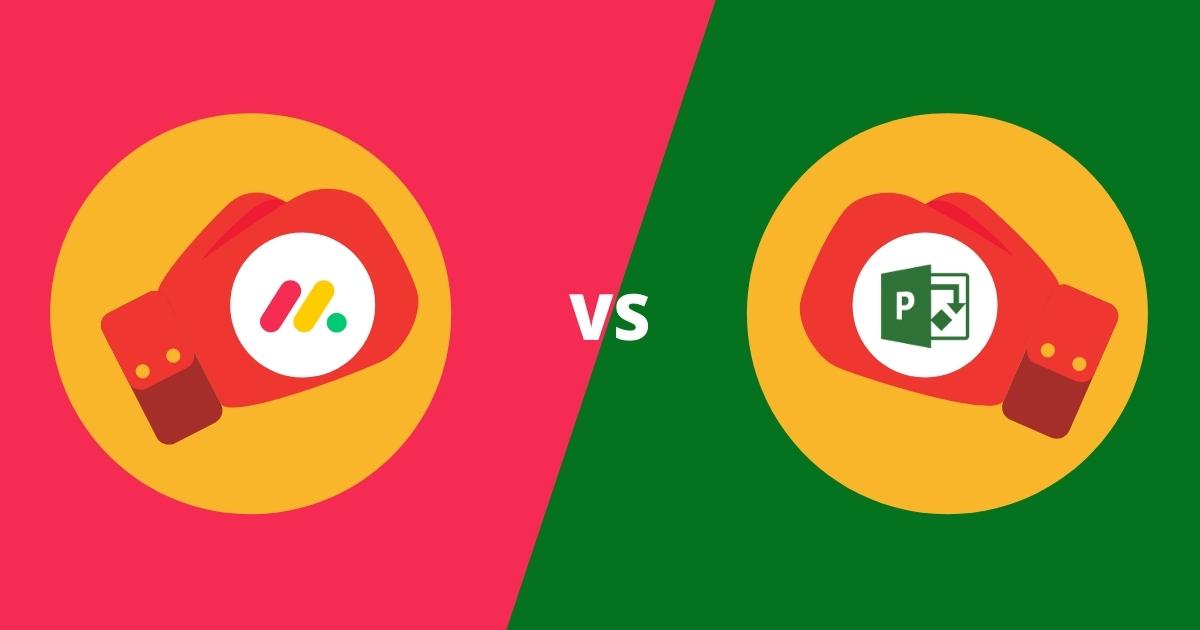Strategic planning and project management – it may not be obvious how these two management tasks complement each other. However, an approach that incorporates both has significantly improved the long term planning of many organisations. Embarking on strategic planning as you would any other project assists managers in gaining awareness of any underlying issues, as well as the most effective ways to address them. Further, this kind of approach helps to ensure that all projects’ scheduling and execution are realistic and smooth.
Canada Bay City Council in NSW, for example, did exactly that. They are now successfully on track for their rolling four-year Capital Delivery Program, and 10-year plan. Here’s 5 key ways that they used strategic planning and project management in conjunction to create solid long-term plans.
1. Identify Strategic Objectives and Planning
This means accurately identifying areas in your organisational processes which require attention, and choosing actions to address them effectively. To that end, many organisations use project management solutions to gain greater visibility over the progress of their projects and portfolios. However, these solutions also provide valuable insights into resources, finances, scheduling, and other aspects of your organisation’s operations. Reviewing metrics or reports generated by your project portfolio management (PPM) solution helps you identify which areas of project delivery require more attention. In addition, requesting your project managers thoughts on the your organisation’s processes and culture might reveal some starting points for further work.
Once you identify strategic objectives, project management solutions can be used to break down strategic plans into smaller projects and initiatives. This is how Canada Bay used its pmo365 solution. This practice of breaking down strategic goals into actionable projects is particularly helpful when managing a long-term plan, where organisational initiatives are often complex and interdependent. And, with a powerful project management solution, you can keep on top of many timelines, dependencies, resource allocation, and milestones.
2. Resource Allocation
Long-term strategic planning and project management have significant overlap, especially in the allocation of resources. Gartner says that “effective finance strategic planning connects your enterprise strategy to specific initiatives… [providing] a clear roadmap to deliver on your business goals.”
You can investigate the organisation’s financial position using your PPM solution, especially if that solution is connected with your ERP. Some PPM solutions provide insights into your CapEx and OpEx expenses. If yours includes a ROI or strategic alignment calculator, you can evaluate the long-term benefits yield of potential CapEx expenses. Canada Bay City Council used these resource allocation tools to justify their investment in pmo365 to their executive team. From there, they were able to leverage the solution’s PPM tools to prioritise each of their projects in accordance with their strategic plans.
3. Project Scheduling
It’s no secret that strategic planning and project management both require realistic project scheduling. As soon as a strategic goal has a plan attached to it, it effectively becomes a organisational project. So, if you’re unsure how to start scheduling a strategic objective, approach it as you would a project.
It’s worth taking the time to develop detailed project schedules for your objective: define tasks and dependencies, set deadlines, and assign resources. (To learn how to practice realistic project scheduling, check out our blog post on scope creep.)
Use your PPM solution to track KPIs and generate informative reports on your progress towards long-term strategic plans. This greatly improves the visibility of project milestones, deliverables, and dependencies for stakeholders. Canada Bay City Council is using pmo365‘s project scheduling capabilities to track their 10-year plan, and have met all the planned milestones so far.
4. Collaboration and Communication
Organisations usually experience an immediate increase in collaboration when they start using a cloud-based PPM solution. This is because all real-time project data and updates are readily accessible by team members, stakeholders, and executives. The same applies to strategic planning. Instead of having to reconcile many versions of the same Excel sheet scattered across different team members’ hard drives, everyone is operating from the same page when the organisation is connected to an integrated PPM solution.
Canada Bay City Council found that pmo365‘s cloud native and integrated Apps, Flows, Reports and Dashboards fostered a culture of collaboration and communication. The benefits were further compounded by the cohesive relationship ot built between the council’s long-term strategic planning and its project management teams.
5. Risk Management
As in project management, it’s equally important to consider risks when managing a strategic plan. There are various ways to mitigate risk and many PPM solutions have built-in RAID logs to mange risks, issues and all other factors that may impact delivery.
Canada Bay City Council has made good use of the embedded project governance capabilities built into pmo365. As a result, the execution of their strategic plans has been clearly defined, and responses to mitigate the risks and issues affecting their 10 year plan have been set up at an organisational level to future proof their strategic ‘project’.
pmo365, Strategic Planning and Project Management
If you’re looking into project management solutions, PPM software, or how to start your strategic planning, check out how pmo365 can benefit your organisation. Book a demo here for a pmo365 expert show you the specific features of pmo365 can work for you.













